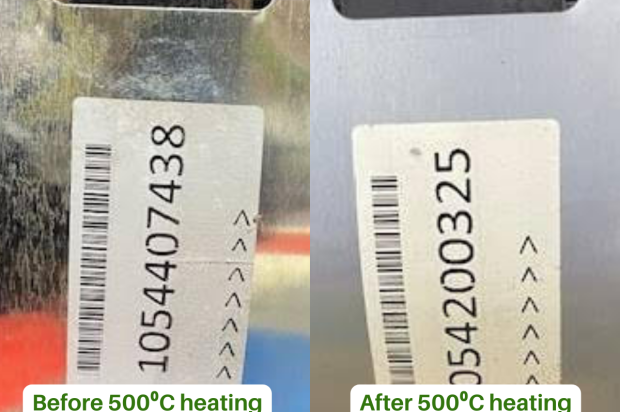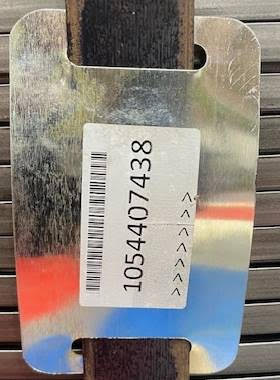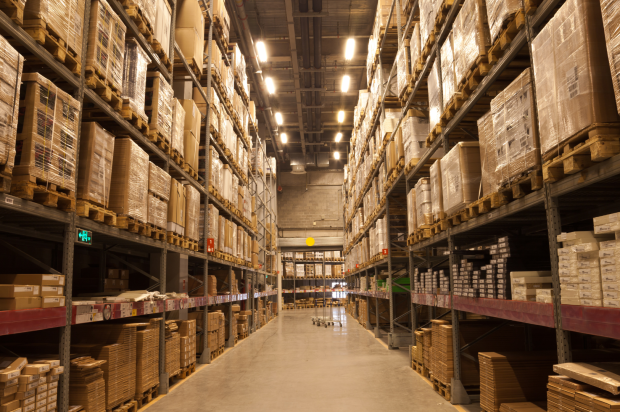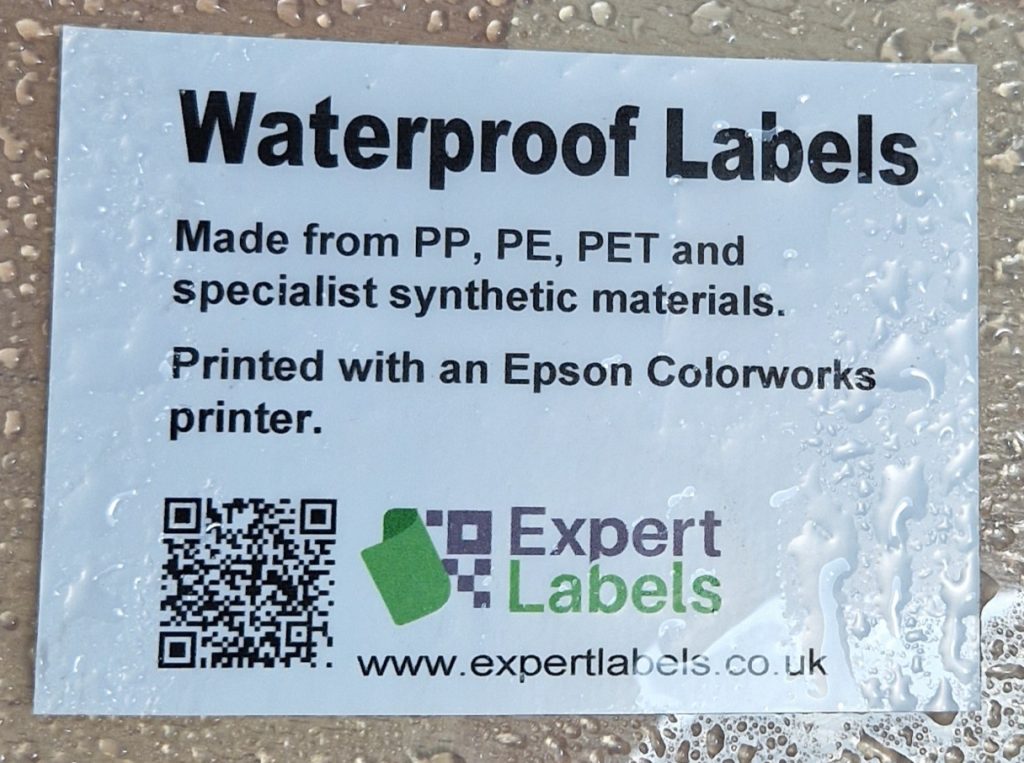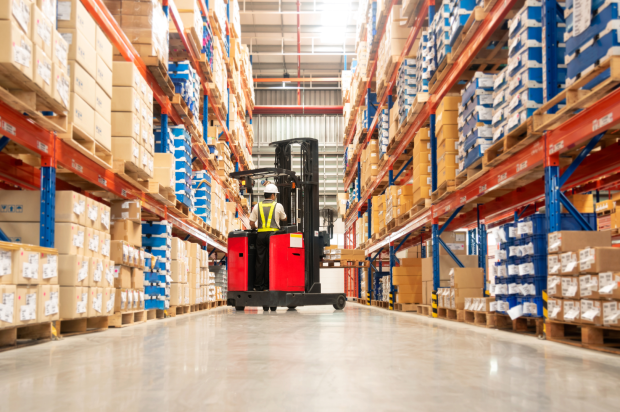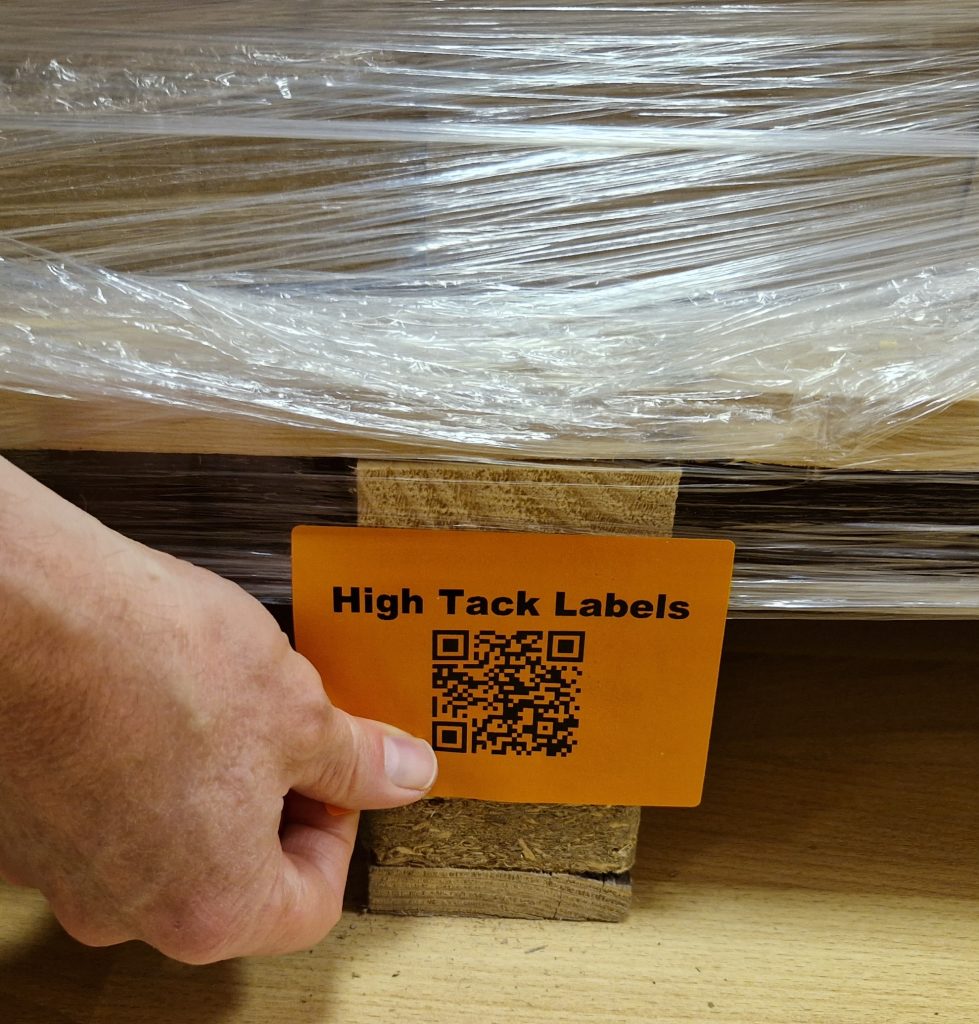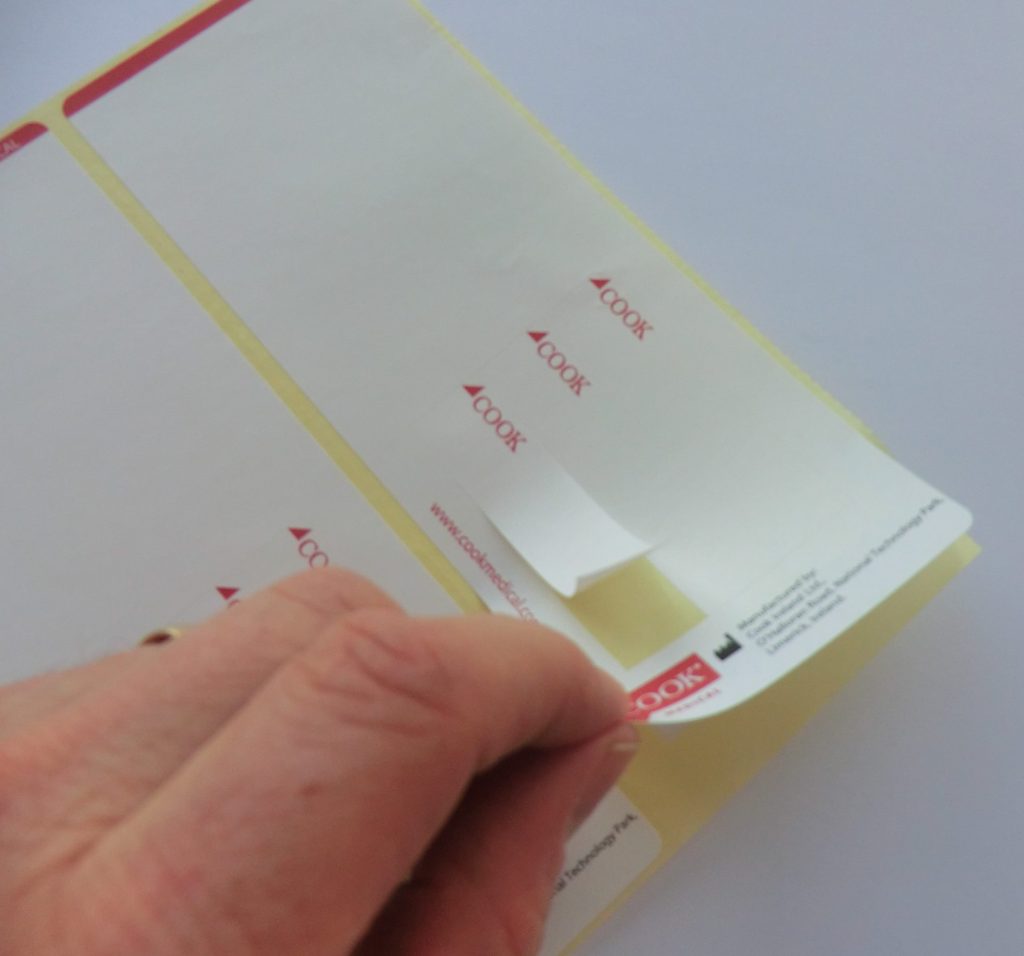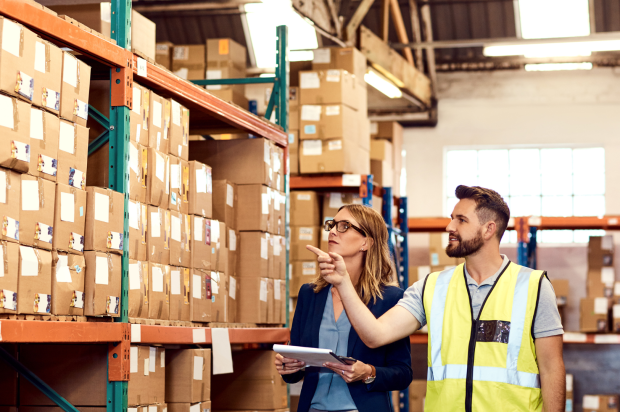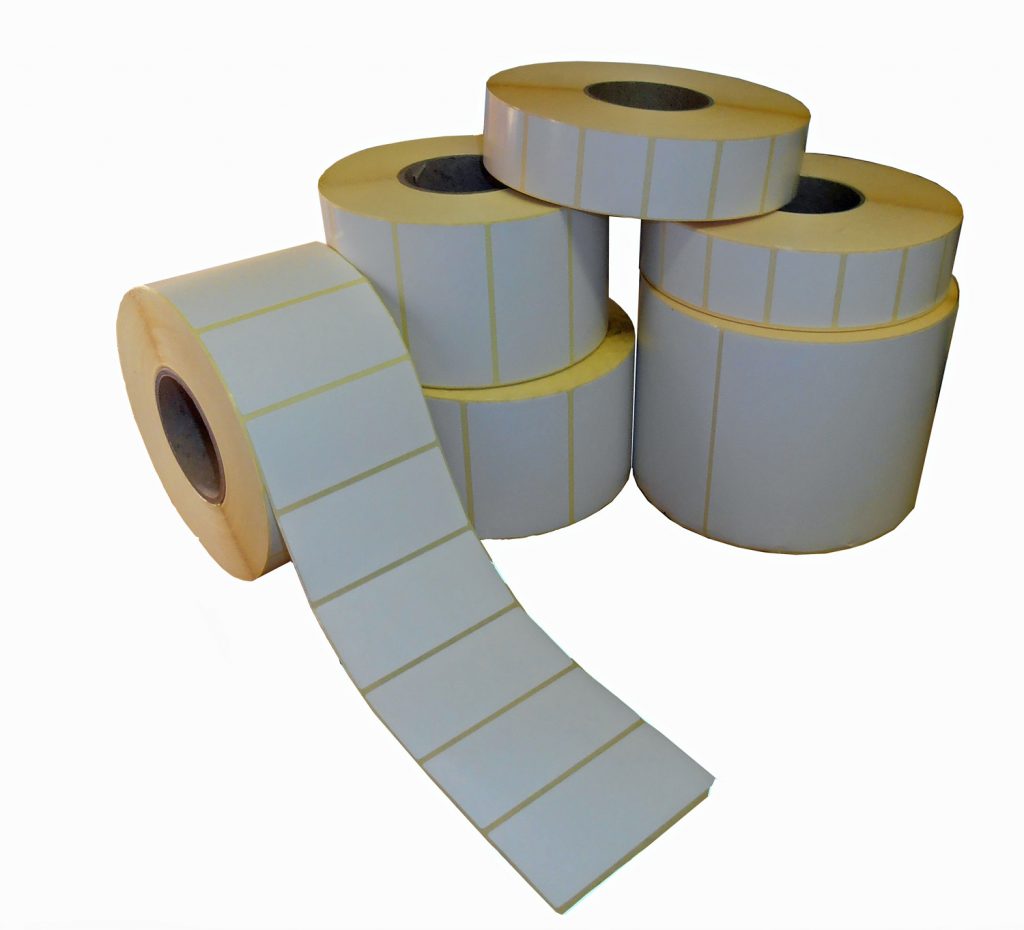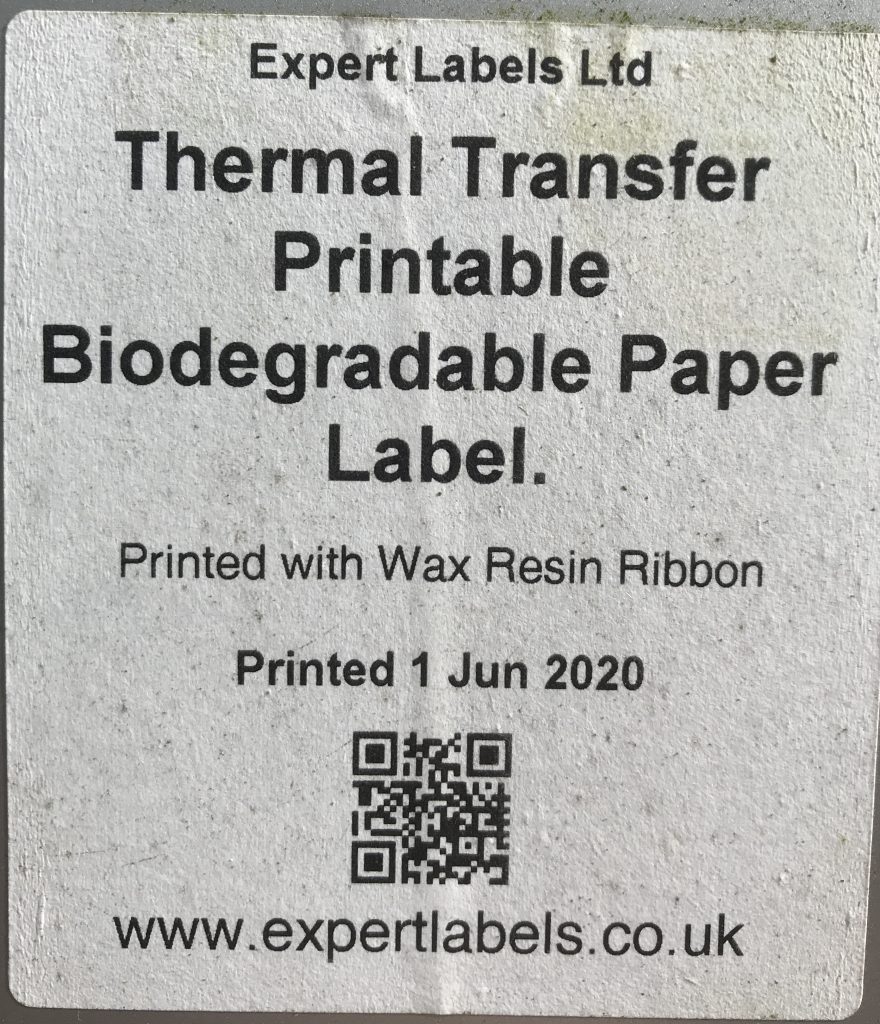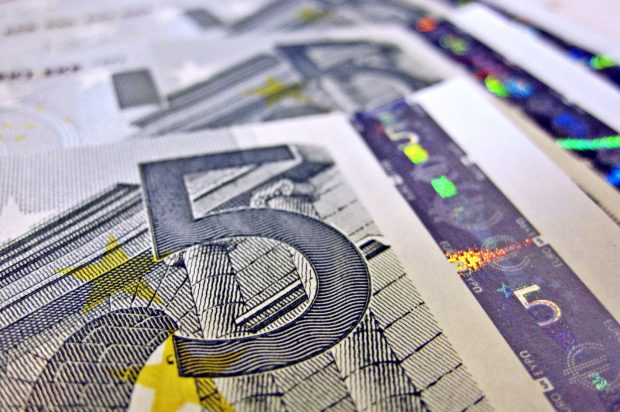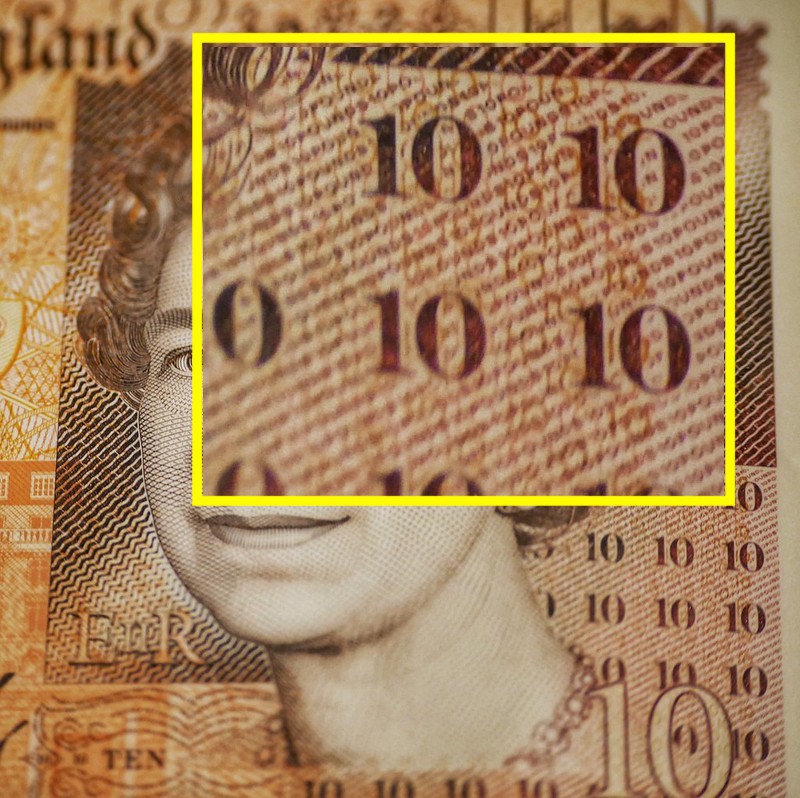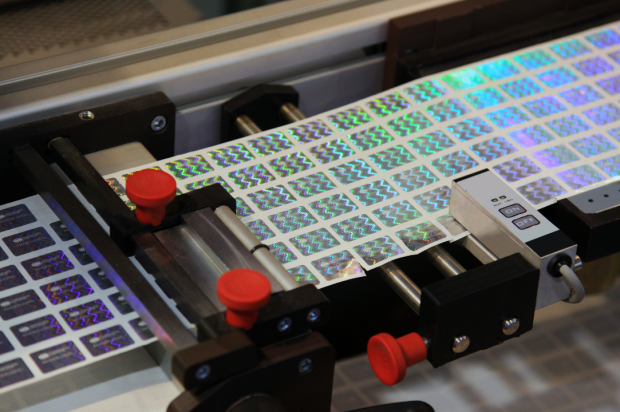We work with a number of organisations with lots of artwork to manage. In some cases, thousands of different designs. Effectively managing artwork saves time, reduces stress, and keeps your brand consistent. Here are some easy tips to help you manage your labels and packaging artwork better. We’ll discuss tools for design, project management, and storage, the best image formats, and simple ways to improve your process so that you have the right artwork in the hands of the right people.
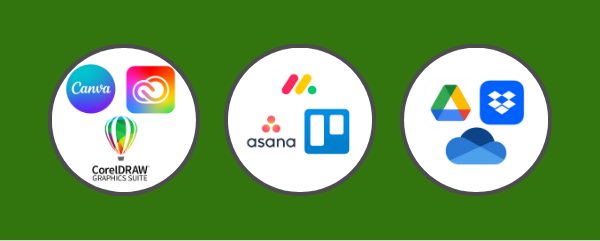
Design Tools:
Adobe Creative Suite: Includes Photoshop and Illustrator, great for designing and editing labels and packaging. Everyone in the business of design is familiar with Adobe.
CorelDRAW: Powerful design software alternative to Adobe. Runs on Windows and Mac. Collaboration is built into the software. Good for making logos and layouts for packaging.
Canva: This is what we use. It’s an easy-to-use, web based tool for less complicated design work. Great for collaboration and can be used on a range of different operating systems.
BarTender: This is what we use for designing labels but can be used for general document management. Powerful Label and document design software with sharing, permissions and workflows for managing artwork.
Project Management Tools:
Trello: Helps organise your label and packaging projects with boards and lists.
Asana: This is what we use. Manages tasks, sets deadlines, and helps you work with your team.
Monday.com: Easy platform to track projects and collaborate in real-time.
Storage Solutions:
Cloud Storage: Keeps your design files safe and accessible from anywhere.
- Google Drive: Best for teams needing free storage and real-time collaboration, especially if already using Google Workspace.
- Dropbox: Ideal for those who want a simple, intuitive interface and robust file recovery, despite its limited free storage.
- OneDrive: Suits teams using Microsoft Office, offering good security and integration, with affordable storage plans.
External Hard Drives: Physical backup for your files.
Storage Shelves and Cabinets: Keep physical samples of labels and packaging organised and safe.
Best Formats for Images and Their Uses
Choosing the right image format is important for different uses:
- JPEG: Good for web images and mockups. Small file size and decent quality.
- PNG: Great for images with transparency like logos. High quality and detailed.
- TIFF: Best for high-quality prints of labels and packaging. Keeps all image details.
- SVG: Used for vector graphics like logos. Can be resized without losing quality, perfect for print and digital use.
- PSD: Photoshop’s format. Keeps all layers and edits for ongoing projects.
Simple Ways to Improve Your Process
Document your policy: It sounds tedious, but ten minutes writing up how your artwork will be managed and the systems and processes followed will make life easier for you, your team and contractors like us.
Name Your Files Consistently: Use a clear system for naming your files. Include the date, project/product name and version number. Include the label dimensions. Example: 20240805-38X25-PAR-A14563-Beautiful Brows-V2. This is the second version of the Beautiful Brows product, product code A14563 on a 38mm x 25mm Peel & Reveal label (PAR) – originally created on 5th of August 2024.
Organise Your Files: Create a simple folder structure. Sort files by product type, project, type of packaging, or client. Store files in cloud storage which can be accessed by us.
Use Metadata: Add information like title, date, and label dimensions to your files. This helps in finding and organising your designs.
Back-Up Regularly: Save copies of your files on external drives or cloud storage to prevent loss. Given that a large portfolio of artwork might have taken a team of designers months to design and is, in effect, irreplaceable, backing up is critical. That includes backing up from the cloud to local storage.
Document Your Process: Keep records of your design steps, from sketches to final versions. This helps track your progress and can be useful for future projects.
‘Retire’ artwork: When designs become obsolete, archive them so your artwork is current. Archiving rather than deleting means you can reuse designs for future projects.
Set up workflows: With BarTender Enterprise edition you can assign users with different roles – e.g. designer, approver, printer. Each role has different permissions. You can then set up workflows.
An example of such a workflow might be: artwork is designed and the status set to ‘designed’. When the document status changes to ‘designed’ it triggers an email to the approver who then checks over and approves the design. Once the artwork status changes to Approved it can be printed by one of the print users. Print users are not able to change the design and they can’t print it until the status is approved.
Using the right tools, choosing the best formats, and improving your process can help you manage your brand labels and packaging better. These tips will keep you organised, save you time, and protect your creative work, ensuring your brand always looks its best
As always, we are here to help. If you have a question, or specific requirement you would like to discuss with us, heat-proof or not, please get in touch with our. Email sales@expertlabels.co.uk or call us on 01359 271 111, we’d love to hear from you.
Useful Links
Cloud lead referral program link. https://www.seagullscientific.com/buy/cloud-referral/?ResellerAccount=1179451
Last Updated: 9 August 2024



